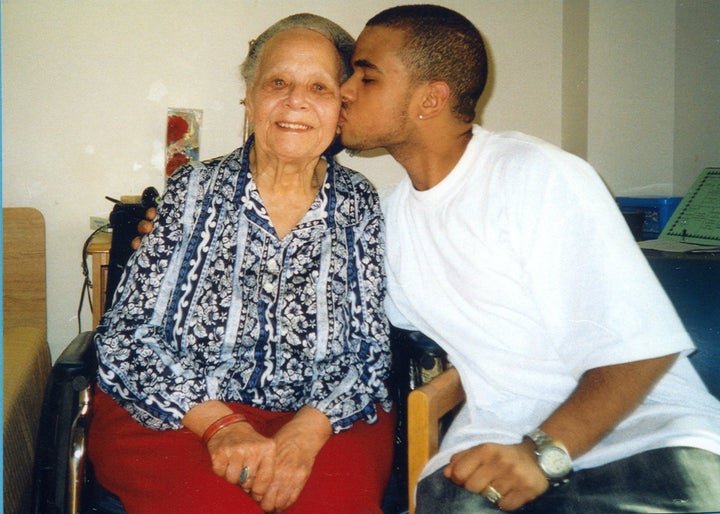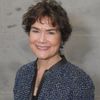
Two recent front page headlines in the Washington Post caught my attention. The first story was about President Trump’s refugee ban. The second focused on Japan as a “super aging” country.
Taken together, they could foretell a stark future for America.
One of our country’s greatest assets is our growing age and race diversity. If it weren’t for our history of welcoming immigrants and refugees, we would look much like the “super aging” countries described in the article “In Japan’s rest homes, staff as gray as the residents.” (Washington Post 1/29/2017)
Like other developed countries, our average age is rising. By 2043, one in five U.S. residents will be age 65 or older. But unlike countries such as Japan, our younger population will continue to grow for decades to come.
Our population pyramid isn’t a mushroom, it’s a barrel.
At the same time older adults become 20% of our population, children and youth will also constitute 20% of our people.
And they will look different from each other. Today, more than half of Americans under the age of five are people of color compared to less than one in five Americans over 65.
Our diversity-in age and race-is our country’s greatest asset.
But only if we change the way our policies and practices segregate people by age.
It’s what Americans overwhelmingly want. In 2010, 78% said policymakers should make it a priority to fund initiatives that foster stronger connections between older and younger people.
Where does the power to make these changes reside?
Respondents in a 2013 survey said when it came to choosing who is most capable of addressing the changing demographics of our cities and towns, local communities would do the best job.
They rated elected officials dead last.
If we believe that communities are the epicenter of change, then here are a few ideas for how to begin reweaving the connection between age groups.
•Create a community “time bank” or skill brokerage that allow people to pay in with their unique abilities and take out what they need. For example a young single mother in Maryland helped her older neighbors with technology and in exchange received child development advice from a retired specialist.
•Recruit older adult volunteers to provide tutoring & English as a Second Language coaching for children and youth at schools, places of worship or the local shopping mall.
•Support older adults who want to age in place in their homes. One school in Hawaii adopted a “one mile” approach and provided companionship and did light chores for aging neighbors within a one mile radius of the school.
•If you are 50 or older, sign up for the new Generation to Generation campaign and commit to helping young people thrive.
•If you’re between the ages of 5 and 25, check out Youth Service America for great ideas to help strengthen and engage your community.
•Recommend your neighborhood advisory or city council establish an intergenerational advisory council that includes equal numbers of younger and older community members.
•Organize a community-wide event around Grandparent’s Day.
The success of each generation is intimately connected.
Unlike the Japan described in the Post article whose temporary workers have no investment and little connection to the country, our young people can have access to an education, health care and opportunity.
They will grow our economy and support an aging population—but only if we make the investments needed to help them thrive.
As the New Colossus poem written as a fund raiser for the pedestal for the Statue of Liberty says, “Give me your tired, your poor, your huddled masses yearning to breathe free.”
As a country we have a history of being a caring society that accepts people who come here willing to work hard and carrying aspirations of a better life.
If we lose sight of that now, we risk limiting our greatest asset—our people.
